March 15, 2024
Spider Insiders
Wander into the world of spiders in Fernbank’s special exhibit, Spiders — From Fear to Fascination, on view from Feb. 10 to May 5, 2024. Come eye-to-eyes with 250 live and preserved spider specimens.
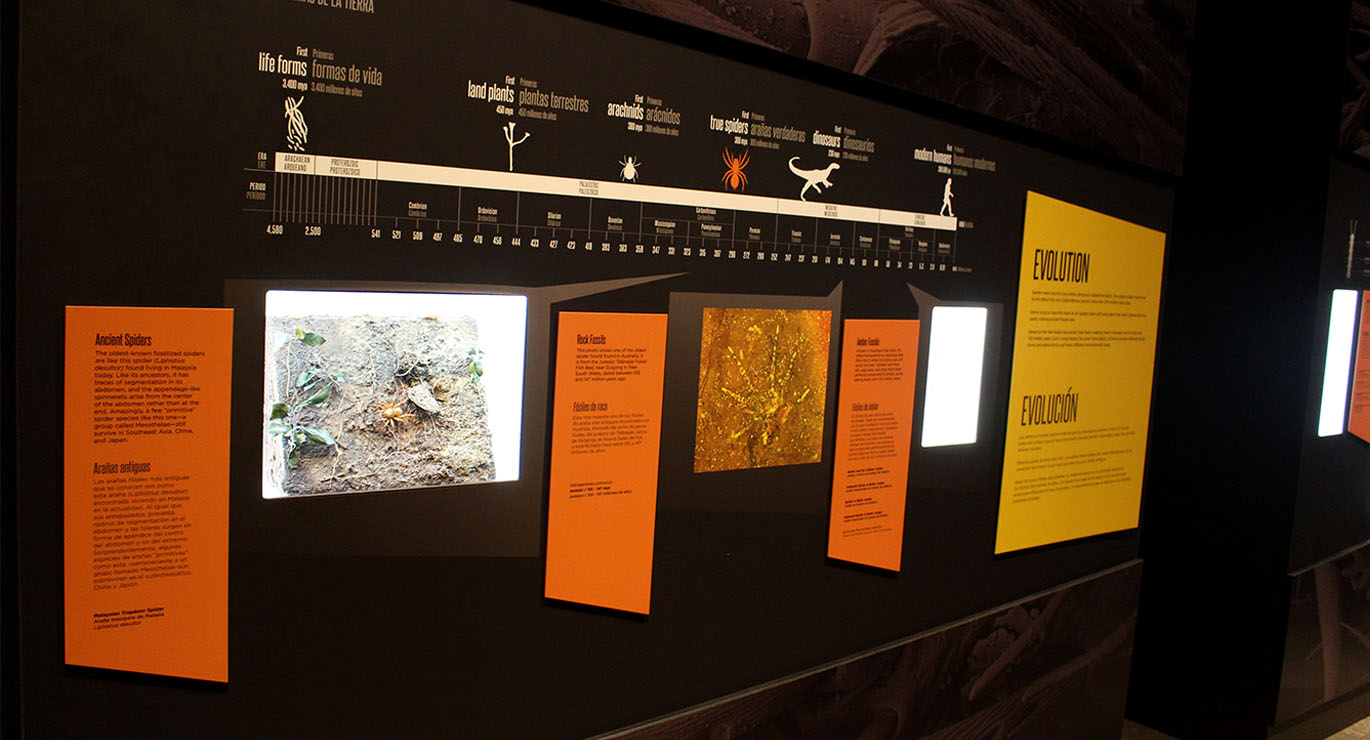
Did you know that Spiders were around long before dinosaurs walked the Earth? Venom and silk have helped spiders survive for over 300 million years. Discover some fascinating facts about these often-misunderstood arachnids.
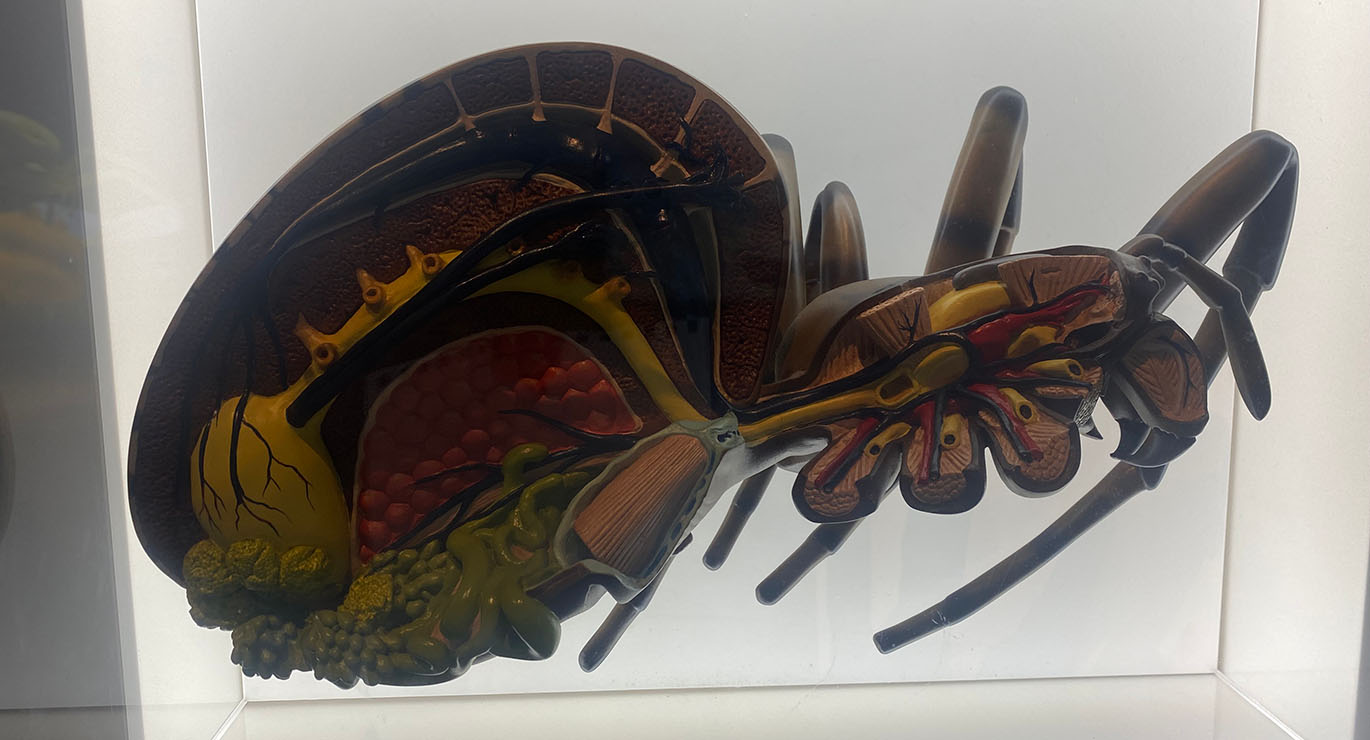
- Spiders have blue blood!
Human blood has oxygen–carrying molecules (hemoglobin) that contain iron. When this is combined with oxygen, our blood turns bright red. In spiders’ blood, similar molecules called hemocyanin contain copper. When this combines with oxygen, spiders’ blood turns blue! Spiders are not alone in this interesting fact; squid and octopuses also have blue blood.

- Name this Hollywood famous spider
A Barn orb weaver was the model for Charlotte in E.B. White’s Charlotte’s Web . Barn orb weavers are a nocturnal species that makes large webs but hide away by day. Within this exhibit you can step up and virtually hold this spider along with many others!
White, E. B., and Garth Williams. Charlotte’s Web. Harper & Brothers, 1952.
- Spiders are either hunters, burrowers or weavers.
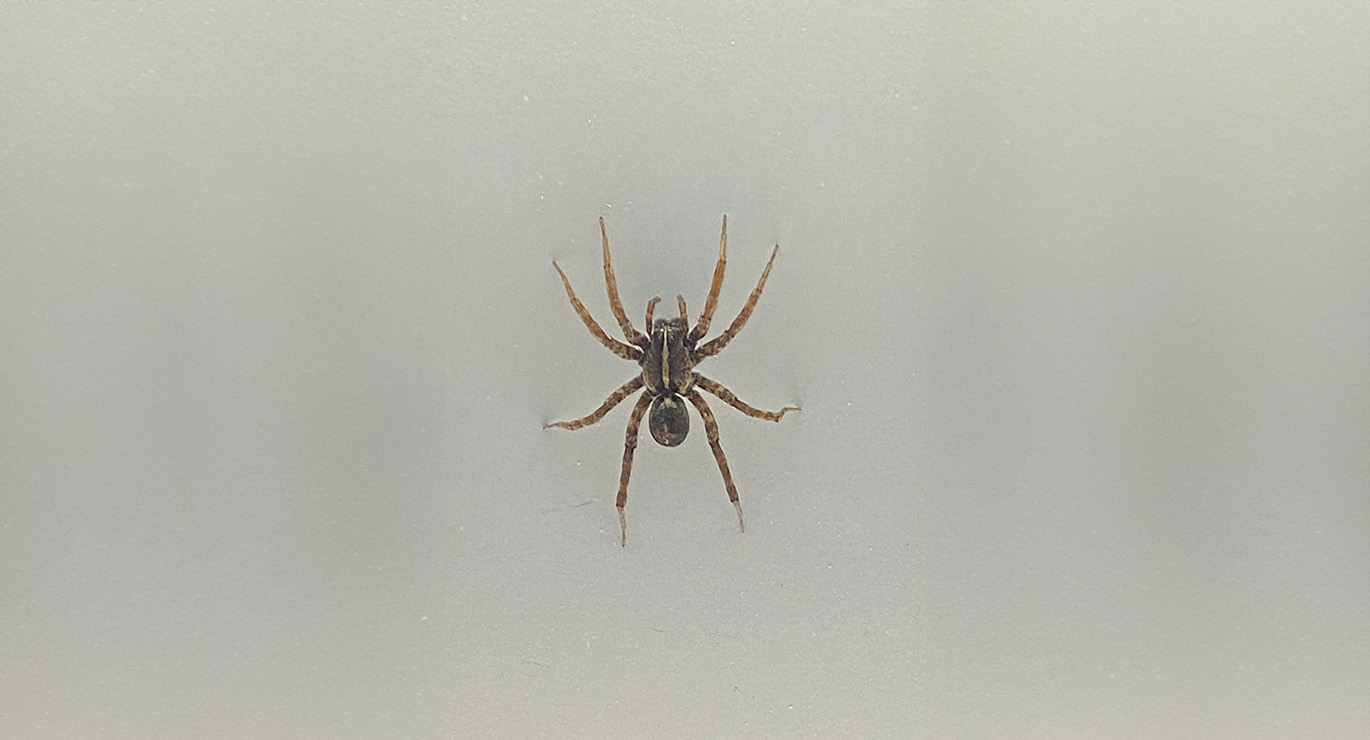
Hunters are a part of the group of spiders called araneomorphs. These spiders evolved to a well-adapted hunting lifestyle, with features such as large eyes, spiny legs for gripping, and camouflaged coloring to keep them hidden.
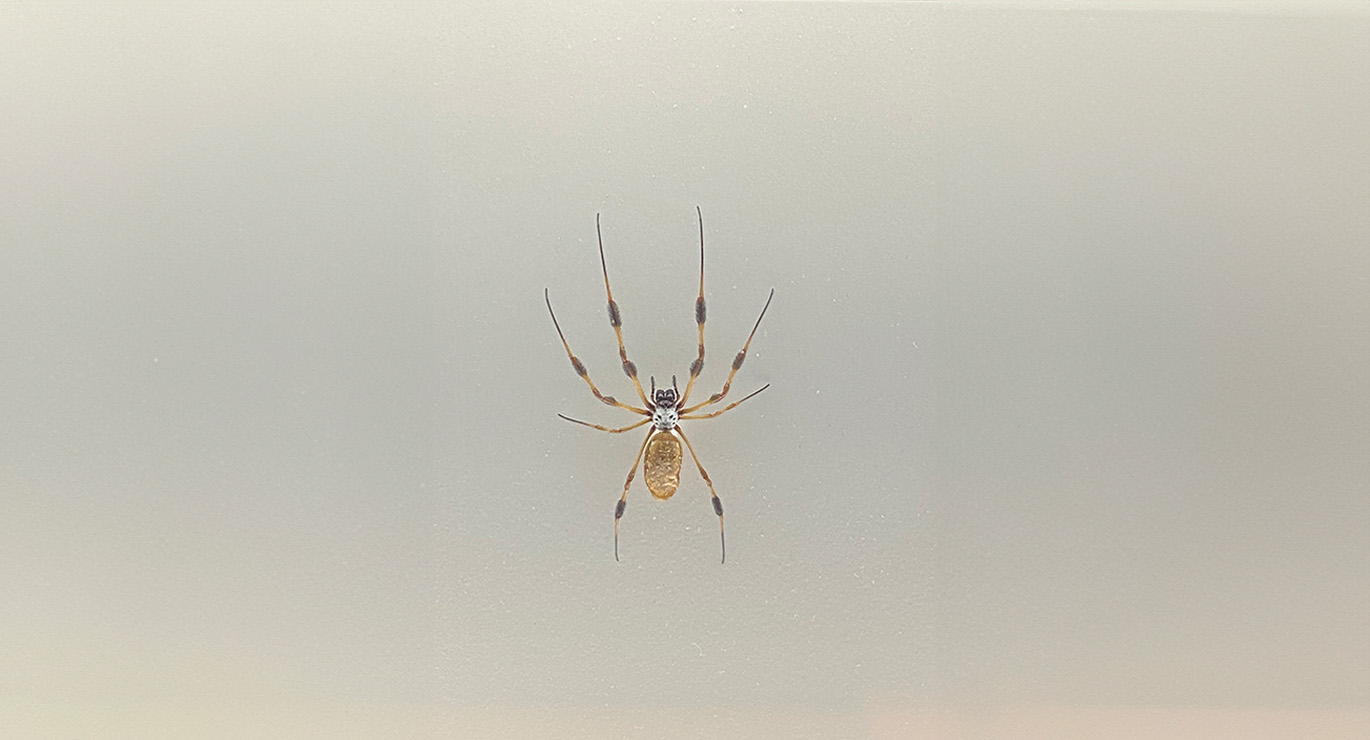
Weavers, like hunters, are also a part of the group of spiders called araneomorphs. This group of spiders developed different kinds of silk to make webs that snag their prey. They include features such as long legs and special hairs on their feet to help them move around. Camouflage or hard spiky bodies help keep them safe.
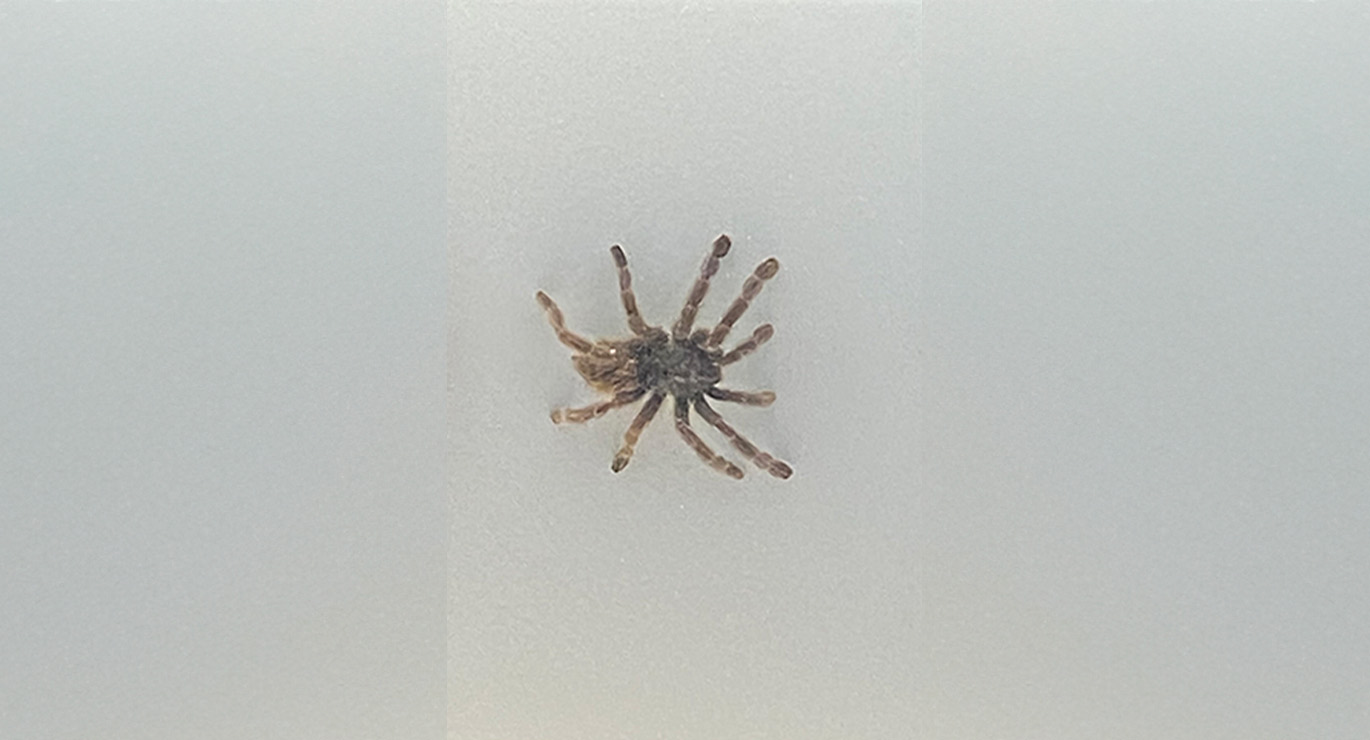
Burrowers belong to an ancient group of spiders called mygalomorphs. They haven’t changed much over time. These spiders are well-adapted to a ground-dwelling lifestyle. Burrowers use their strong mouthparts for digging, large fangs and stocky limbs for grabbing prey, and long, flexible spinnerets for laying down layers of silk in and around their burrows
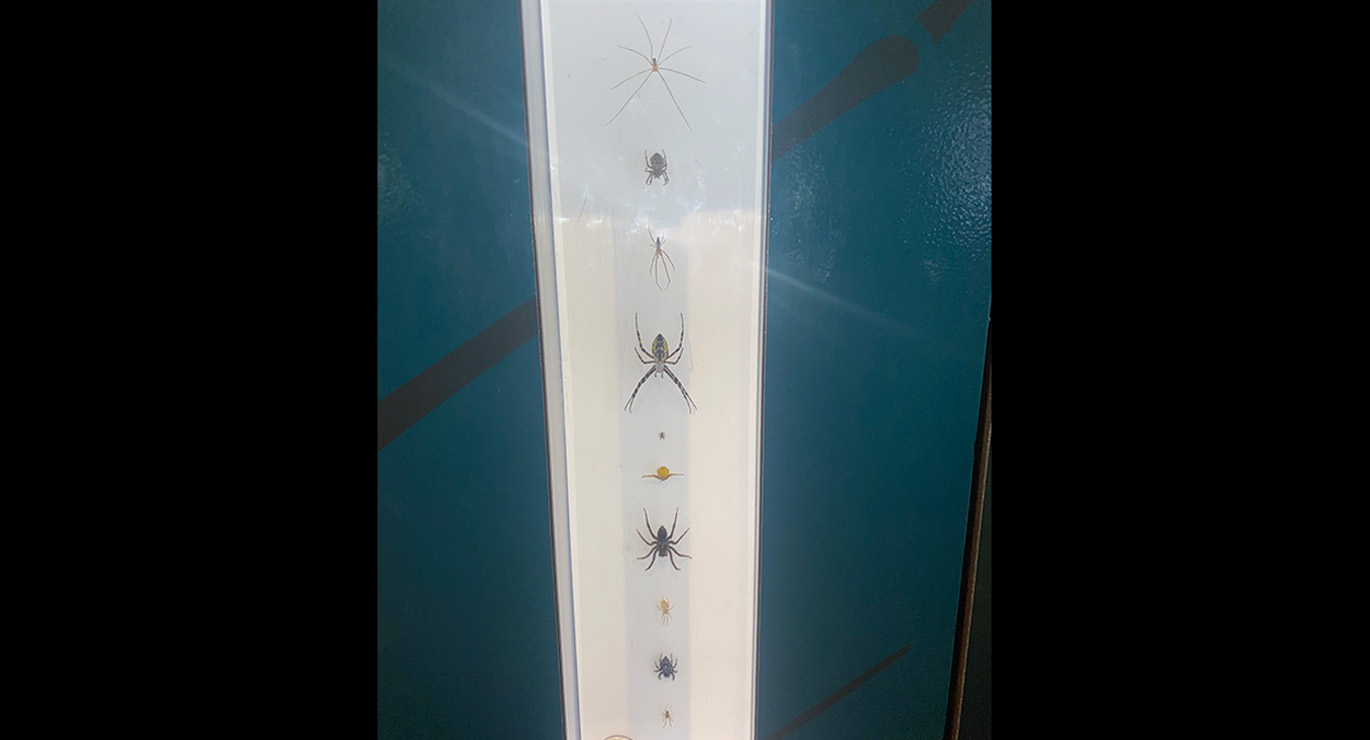
- Spiders are the most dominant terrestrial predator.
Spiders are the dominant terrestrial predators in most ecosystems. Almost anywhere in the world you will find spiders. They are found on all continents except Antartica. Spiders are estimated to eat 1,400 million pounds of insects and invertebrates annually! There are more spider species than all mammals, birds, reptiles and amphibians combined. Wondering where to find certain spiders? Here are some clues below to look for.
- Long-bodied Cellar Spider: Look for cellar webs near ceilings (First spider specimen)
- Long-Jawed Orb Weaver: View these spider webs near stream edges (Third spider specimen)
- Yellow Garden Spider: See these day-active spiders’ webs in meadows (Fourth spider specimen)
- Wolf spider: Their eyes will shine from the ground by the light of your flashlight (Seventh spider specimen)

- Spider venom bites are reported as the lowest cause of death in humans
Many stories about the horrible effects of spider venom are based on misinformation, so the more we learn about spiders, the less we need to fear them.
Spider venom often contains components that damage tissues or interfere with the nervous system. In half of all spider bites, the spider does not use venom. Even if spiders inject venom, most bites are not dangerous to humans but may cause temporary pain, swelling or other symptoms.
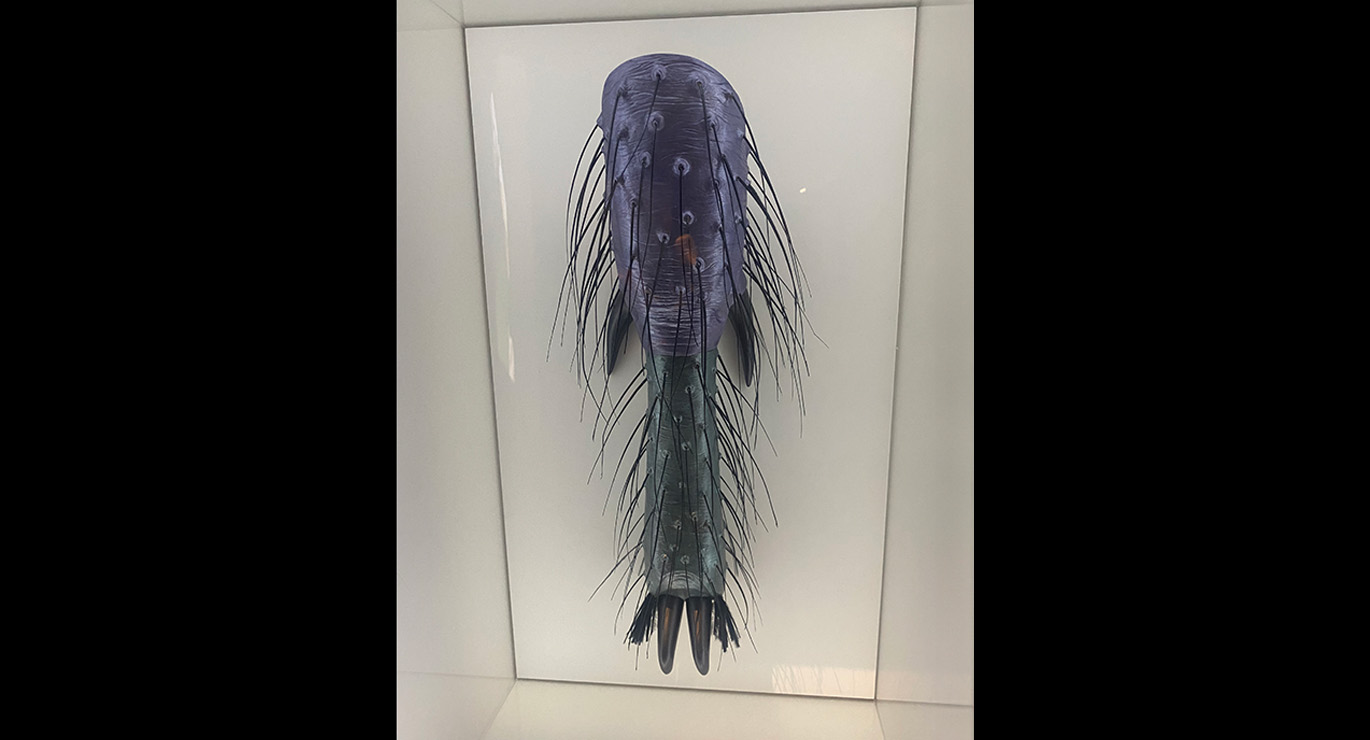
- How do spiders make sense of the world around them?
Most spiders have eight eyes; however, spider vision is still often quite poor. A spider's limbs are covered in thousands of hairs of different types. These are specialized for touch, taste and hearing, which makes their legs their primary sensory organs.
Hairs on a spider’s limbs are hollow and sensitive to chemicals, enabling them to “taste” what they touch. This helps them detect and track down prey or mates or avoid poisonous prey. Other hairs on the spider’s body allow them to “hear” vibrations like the buzz of a flying insect.
Venture to Fernbank Museum to meet some of the most intriguing spiders, such as the black widow, huntsman spiders, brown recluse, tarantulas and more. In addition to live and preserved spiders, the exhibit features interactives that allow you to learn more about spiders while having fun! Click here to learn more about our current special exhibit and buy tickets: Spiders — From Fear to Fascination.

Sponsored locally in part by the Frances Wood Wilson Foundation.









